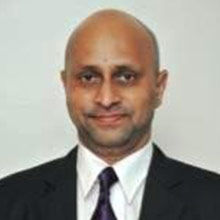India, world's largest democracy with 1.2 billion people, is an emerging economy which has witnessed unprecedented levels of economic expansion, alongside China, Russia, Mexico, and Brazil. India has undergone a paradigm shift owing to its competitive stand in the world. India is a cost-effective and labor-intensive economy, and has benefited immensely from outsourcing of work from developed countries, and has a strong manufacturing and export-oriented industrial framework. The Indian economy is on a robust growth trajectory and boasts of a stable annual growth rate, rising foreign exchange reserves, and booming capital markets among others.
India is rapidly growing with GDP growing by 8.5% in 2010-11 and 9.0% in 2011-12. India is considered to be the second most attractive Foreign Direct Investment (FDI) location in the world, receiving a total of US$ 25.9 billion of FDI in 2009-10. Investment rate in India is expected to be 37% in 2010-11 and 38.4% in 2011-12 while domestic savings rate is expected to be 34% in 2010-11 and 36% in 2011-12. As per McKinsey reports, India's economy will grow fivefold in the next 20 years.
India has a huge labor force (nearly 530 million) and also a large pool of skilled manpower; a strong knowledge base with a significant English-speaking population. India's economy will benefit from the demographic dividend of having a young population with a median age of 30 years by 2025. The proportion of the population in the working age group (15-59 years) is likely to increase from approximately 58% in 2001 to more than 64% by 2021. As per McKinsey, the urban population of India will double from the 2001 census figure of 290 million to approximately 590 million by 2030.
Read Full Article
The author is associated with Suvin Advisors Pvt. Ltd.







Comments